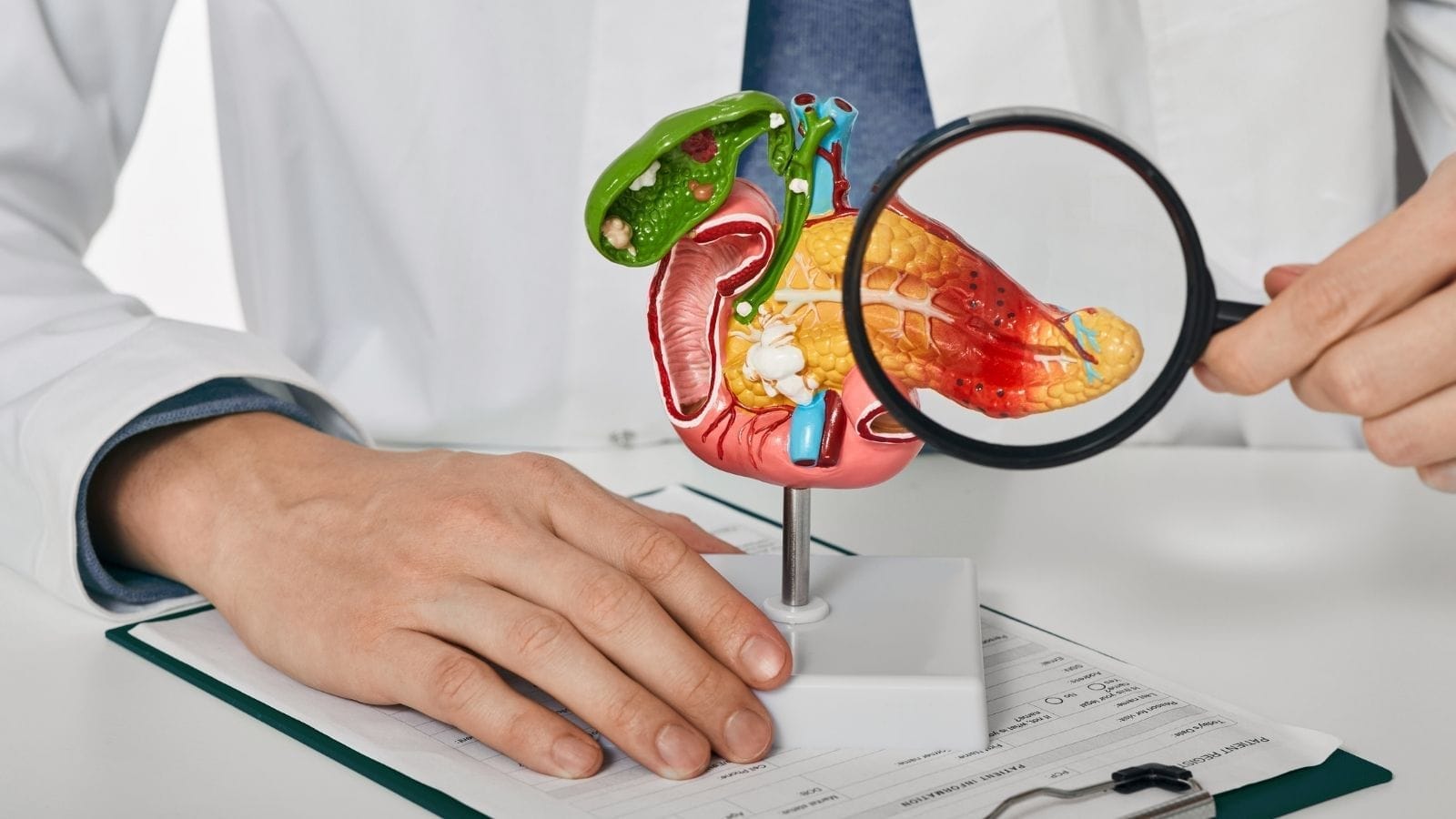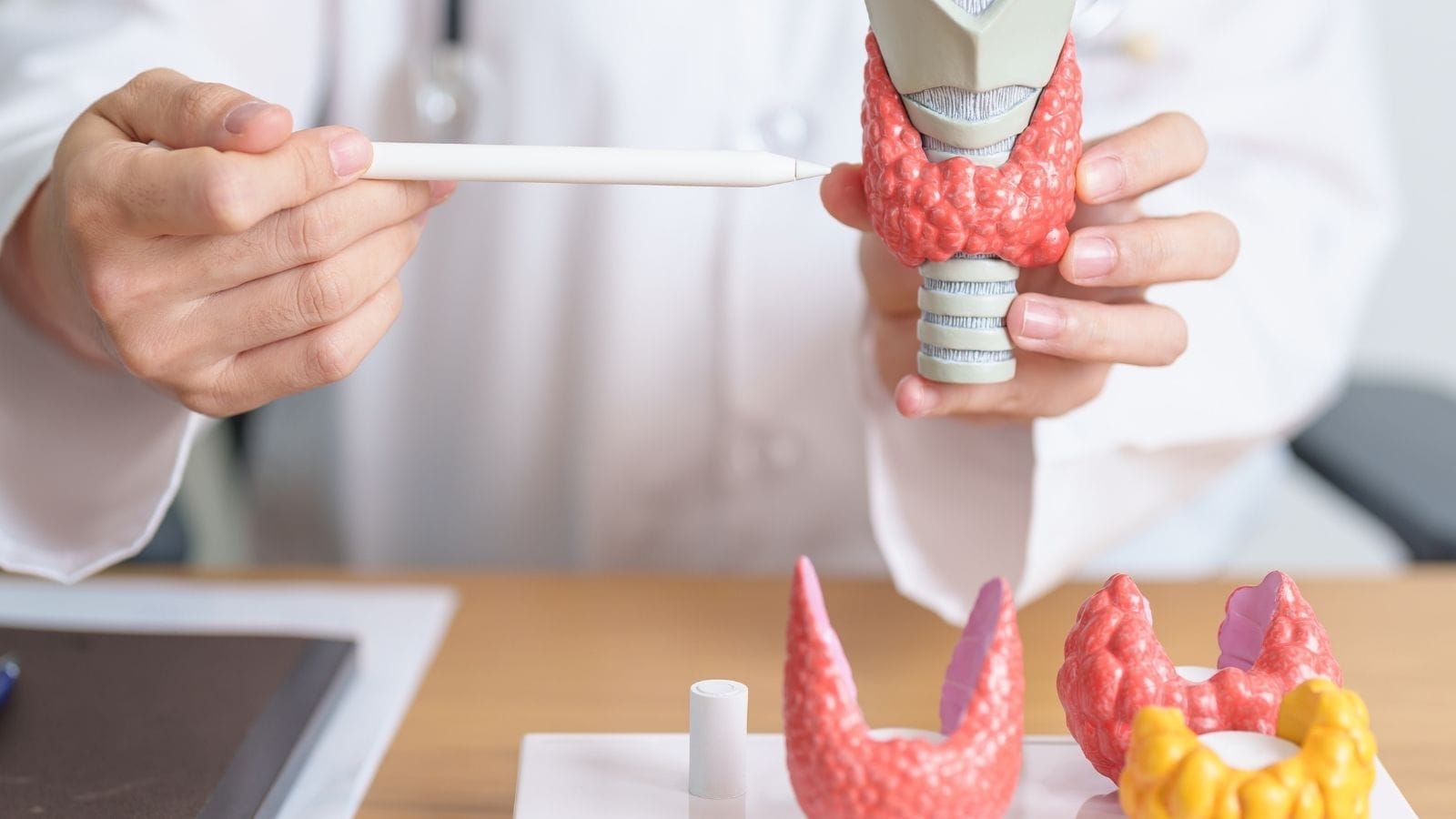Tendonitis is inflammation of a tendon, typically caused by overuse, repetitive strain, or injury. It presents with localized pain, swelling, and restricted movement around the affected joint.
Common sites include the shoulder, elbow, wrist, knee, and ankle. Risk factors include sports activities, poor posture, and repetitive occupational tasks.
Treatment focuses on rest, anti-inflammatory medications, and physical therapy. In severe or persistent cases, corticosteroid injections or interventional procedures may be required.
Preventive strategies include ergonomic adjustments, stretching, and strengthening exercises. Early management reduces the risk of chronic tendon damage.
| Medical Name | Tendinitis |
| Causes | Overuse, repetitive movements, aging, acute injuries |
| Risk Factors | Sports activities, repetitive jobs, poor posture, diabetes, arthritis |
| Common Symptoms | Pain, tenderness, swelling, restricted movement, warmth |
| Common Locations | Shoulder (rotator cuff), elbow (tennis/golfer’s elbow), knee, Achilles tendon |
| Diagnosis | Physical exam, ultrasound, MRI, X-ray (for differential diagnosis) |
| Treatment | Rest, ice, NSAIDs, physical therapy, injections, embolization |
| Surgical Indication | Rare; required for tendon rupture or chronic, refractory cases |
| Complications | Chronic pain, tendon rupture, loss of movement |
| Prevention | Warm-up before exercise, proper technique, rest, muscle strengthening |
Is Every Tendon Pain Truly “Tendinitis”?
This is a common question among patients. When people hear “tendon inflammation” or “tendinitis,” they usually picture an acute, newly triggered inflammation after injury or sudden strain—often with swelling, warmth, and sharp pain.
But if your pain has persisted for months or years, it’s likely more than simple inflammation. Over time, repeated microtraumas and excessive loads disrupt the tendon’s structure—imagine a sturdy rope whose fibers fray with overuse. The body tries to repair this, but eventually, these efforts fail. This chronic, structural breakdown of the tendon is called “tendinopathy” or “tendinosis.”
Understanding this difference matters, because persistent tendon pain rarely responds to anti-inflammatory treatments alone. The real solution must focus on repairing the damaged structure and restoring the tendon’s self-healing capacity.
Where Does Tendon Inflammation Most Commonly Occur?
Tendinitis is most common around joints exposed to repetitive or heavy loads. Key sites include:
- Shoulder (rotator cuff)
- Elbow (tennis or golfer’s elbow)
- Wrist and thumb (De Quervain’s tenosynovitis)
- Hip (gluteal tendons)
- Knee (patellar tendon/jumper’s knee)
- Ankle (Achilles tendon)
These issues often produce symptoms with specific movements. For example, rotator cuff tendinopathy may cause night pain and difficulty raising the arm, while elbow tendinitis may present as sharp pain when opening a jar or carrying heavy bags.
What Causes Tendon Inflammation?
Most tendon problems are ultimately “load management errors”—the tendon is exposed to more, or different, stress than it can tolerate. Main contributing factors include:
- Overuse: Repetitive work or hobbies strain tendon fibers over time.
- Sudden Changes: After a period of inactivity, starting intense exercise or rapidly increasing training volume overloads unprepared tendons.
- Direct Trauma: Falls or blunt injuries can directly damage a tendon.
- Poor Technique: Incorrect movement or posture puts uneven load on tendons.
- Aging: Tendons lose some flexibility and blood flow over the years, making them more vulnerable to injury.
Who Is at Higher Risk for Tendinitis?
Certain conditions and lifestyle habits predispose to tendon inflammation:
- Age 40 and above
- Occupations with repetitive motions (carpentry, painting, musicians, office work)
- Active participation in sports (running, tennis, golf, basketball, etc.)
- Systemic diseases (e.g. diabetes, rheumatoid arthritis)
- Wearing unsuitable or worn-out sports shoes
- Flat feet or other anatomical predispositions
- Long-term use of certain antibiotics or steroids
What Happens Inside the Tendon During Inflammation?
If we could look inside a painful tendon with a microscope, we’d see much more than just simple inflammation. In chronic tendinopathy, the normal, organized structure of collagen fibers is disrupted and weakened.
One striking change is the formation of abnormal, non-functional blood vessels inside the tendon—alongside newly grown, pain-sensitive nerve endings. This abnormal “vessel-nerve network” is thought to be a main reason why chronic tendon pain persists even at rest and with minimal movement. It reflects the body’s failed attempt at healing, and shows why modern treatments must target these abnormal structures.
What Are the Symptoms of Tendon Inflammation?
Symptoms depend on location and chronicity, but commonly include:
- Dull, aching pain that worsens with movement
- Tenderness when pressing on the tendon
- Mild swelling or redness (especially in acute cases)
- Morning stiffness or stiffness after periods of inactivity
- Creaking or clicking with joint movement (crepitus)
- Weakness in nearby muscles
If these signs affect your daily life, seek expert consultation.
How Is Tendinitis Diagnosed?
Accurate diagnosis is the first step toward effective treatment. Evaluation begins with your story and a focused physical exam, including checking for tender spots, movement restrictions, and muscle strength.
Often this is enough, but imaging helps clarify the extent of damage and rule out other causes. Key imaging modalities include:
- Ultrasound (US): Shows thickening, degeneration, tears, and abnormal blood flow in real time. Essential for guiding targeted injections.
- MRI: Provides detailed cross-sectional images of the tendon and surrounding tissues. Useful for complex or surgical cases.
What If Traditional Treatments Don’t Work?
Most patients first try rest, ice, and painkillers. These, along with physical therapy and exercise, are mainstays of treatment. Some may try herbal or alternative remedies. Corticosteroid injections can temporarily mask pain, but repeated use risks weakening the tendon.
When these approaches fail—especially in chronic or structurally damaged cases—Interventional Radiology offers solutions targeting the actual source of the problem and stimulating the body’s own repair mechanisms.
What Is PRP (Platelet-Rich Plasma) Therapy for Tendinitis?
PRP therapy harnesses your body’s natural healing power to repair damaged tendon tissue. A small sample of your blood is processed to concentrate platelets and growth factors, forming a biological “repair elixir.” Under ultrasound guidance, this serum is injected directly into the injured tendon. These growth factors stimulate new, healthy tendon tissue formation and promote lasting recovery.
What Is Percutaneous Tenotomy (“Needle Treatment”) for Chronic Tendinitis?
Percutaneous tenotomy is a minimally invasive procedure designed to “reboot” the healing process in chronically diseased tendons—without surgery. Using ultrasound guidance, a special needle is inserted into the thickened, degenerated tendon and manipulated to trigger a controlled healing response. This brings repair cells to the area and jump-starts the production of new, healthy tissue. Recovery is usually much faster and more comfortable than with traditional surgery.
What Is Transarterial Embolization (TAE) for Resistant Tendon Pain?
TAE is one of the most innovative approaches for severe, stubborn tendon pain unresponsive to all other treatments. It targets the abnormal blood vessel–nerve networks within the tendon, which perpetuate pain. Using angiography, a tiny catheter is threaded from the wrist or groin arteries to these abnormal vessels, which are then blocked with microscopic particles. This “dries up” the pain source, without harming healthy tissues, and breaks the chronic pain cycle. TAE has shown promising results for resistant tendinopathy of the shoulder, knee, elbow, and other sites.

Interventional Radiology and Neuroradiology Speaclist Prof. Dr. Özgür Kılıçkesmez graduated from Cerrahpaşa Medical Faculty in 1997. He completed his specialization at Istanbul Education and Research Hospital. He received training in interventional radiology and oncology in London. He founded the interventional radiology department at Istanbul Çam and Sakura City Hospital and became a professor in 2020. He holds many international awards and certificates, has over 150 scientific publications, and has been cited more than 1500 times. He is currently working at Medicana Ataköy Hospital.









Vaka Örnekleri